Who could have imagined that in just 20 short years, the world would undergo such a dramatic transformation, with the internet completely changing our lives.

The advent of the internet era has made our lives more convenient, but it has also brought about an enormous amount of data. How to handle this data has become a hot topic of concern for people today, and the era of big data has emerged as a result.
How can such a vast amount of data be used reasonably? Experts have racked their brains to find solutions and finally came up with a very useful method: the cloud. By analyzing and processing this data through the cloud, it can then be utilized.
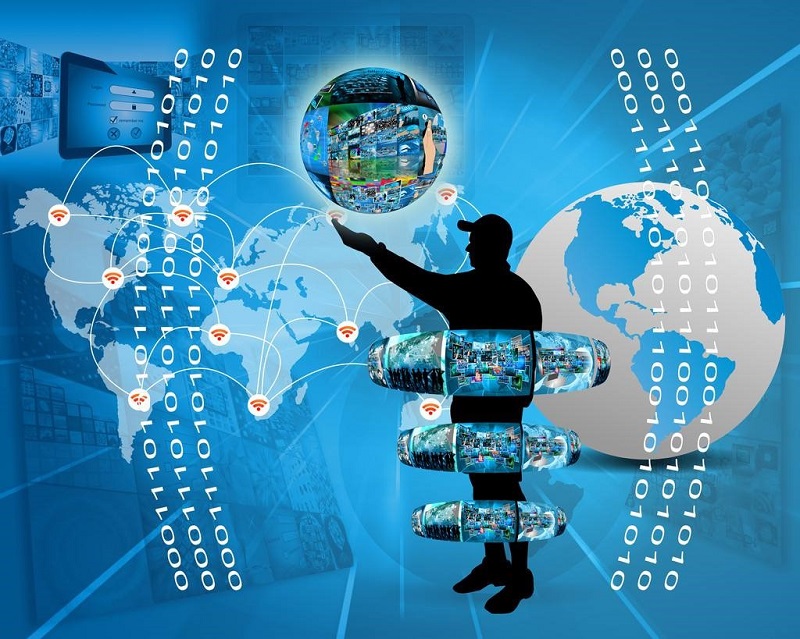
However, due to the sheer volume of data, even cloud computing sometimes falls short and cannot analyze and process data quickly. After all, the world now generates billions of bytes of data every second, not every day or week. Therefore, attempting to transfer all data to a single location for processing and then sending the results back is simply not feasible.
Thus, the concept of edge computing has been proposed. This technology places computing resources physically closer to endpoint devices, including dedicated gateways and servers, and even local virtualized data centers.

Additionally, edge computing will bring many opportunities to businesses. It can improve existing processes and stimulate new operational models and activities. Edge computing can also bring more benefits in the future.
Speed
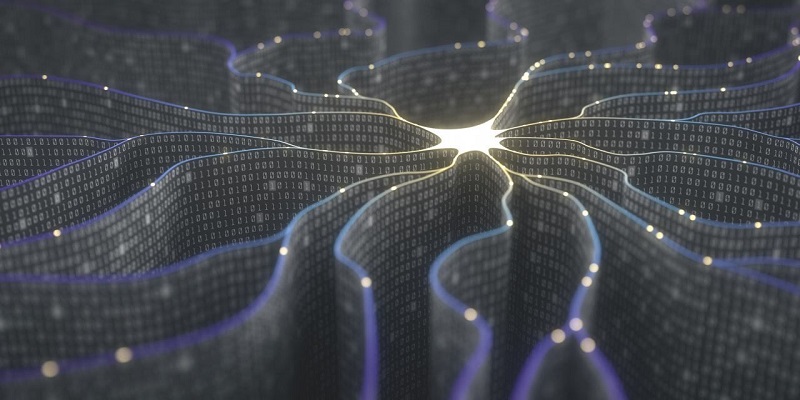
In many cases, technically speaking, data can be moved from terminal devices to the cloud, where applications can process the data and then send information back to indicate to these terminals the appropriate actions to take, which may happen within a few seconds.
However, for some use cases, this may not be fast enough, which is where edge computing comes into play, with its proximity offering the faster speeds required for certain operations.
It might need to be a few milliseconds faster, which is necessary for certain decisions.
Learn
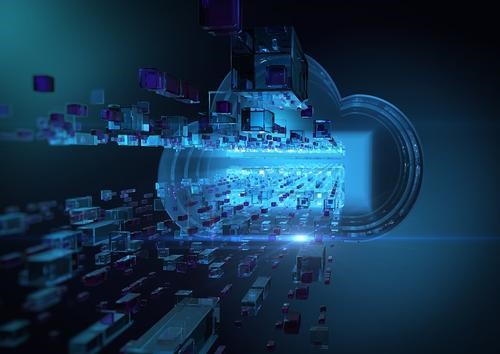
Edge computing will not completely replace cloud computing resources, but businesses will bring more AI and machine learning capabilities as close to endpoint devices as possible to ensure that these intelligent processes can run at the required speed and reliability.
Consider how AI can be utilized at the edge to assist in manufacturing. During the manufacturing process, sensors are deployed along the assembly line to visually inspect the manufactured products for defects. They then send the inspection data to edge devices, which can run algorithms to identify whether the products have defects, determine the type of defect, select the best method to resolve the issue, and ultimately instruct the manufacturing system to take corrective actions.
Edge computing enables these machines to quickly make smart decisions on their own. Over time, the intelligent systems will learn to analyze data more effectively to determine what actions to take.
Safety
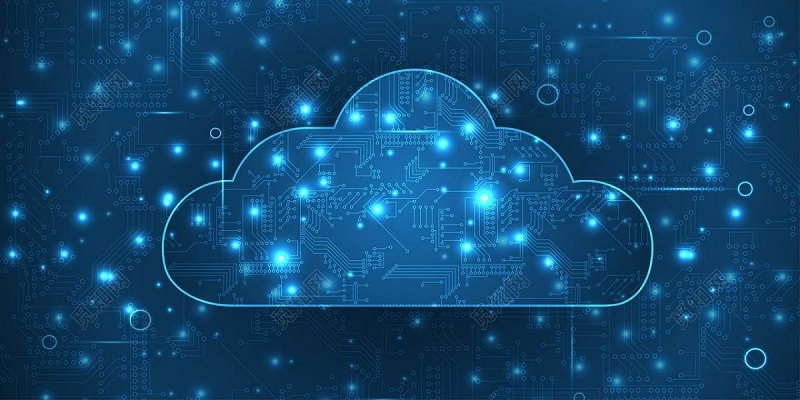
The decentralized nature of edge computing is significant for enterprise network security, as data and computing power are dispersed from their centralized locations in core data centers (whether public or private clouds) to various nodes throughout the enterprise's network.
This shift requires IT security leaders to expand their defense perimeter accordingly, ensuring that the enterprise's defense perimeter extends from the central data center through the network to edge devices and endpoints themselves.
Edge computing can achieve higher security and flexibility because its decentralized nature eliminates single points of failure. Security teams can isolate endpoints and edge computing devices that have been attacked, compromised, or breached.
Difference

Enterprises are retaining more and more data at the edge, and as they design more use cases that leverage the technology, the amount of data will increase.
However, the trend towards edge computing does not eliminate the need for cloud computing. Sometimes, reliance on public and private clouds is still necessary to obtain certain functionalities. Without regular connectivity with the cloud, edge devices cannot achieve full autonomy.
Cloud resources are suitable for heavy-duty applications, while edge computing is better suited for lightweight applications. This will encompass mesh networks, where nodes at the edge interconnect, share information, and instructions. When combined with AI and machine learning, as well as a higher degree of automation, this will facilitate autonomous workflows.
Future
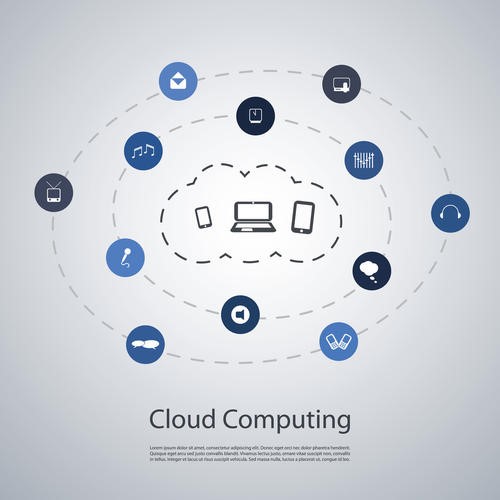
In the coming years, in addition to products already available for edge computing deployments—such as networking, storage, and computing devices derived from typical data centers and cloud infrastructures—we will see an increasing number of products specifically designed for edge computing entering the market.


















